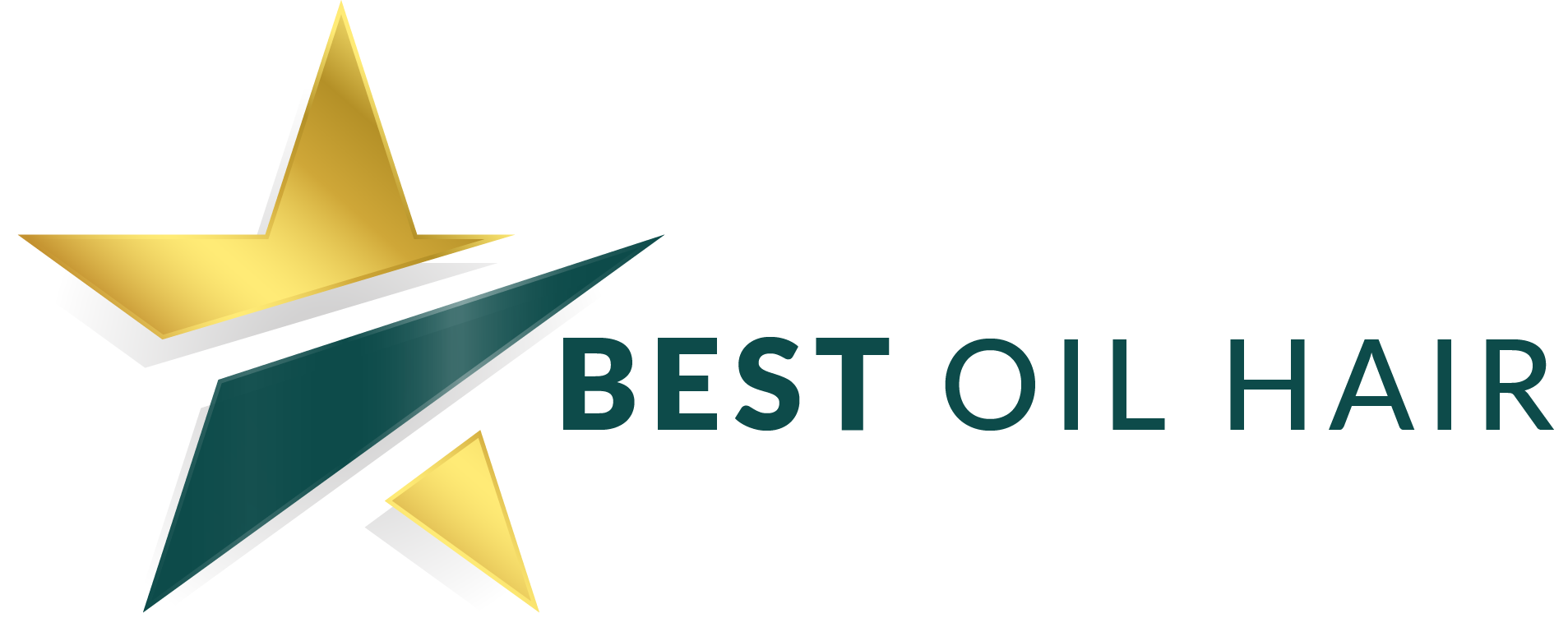Practical guidelines for hair oil use.

Nobody can be more wrong thinking that taking care of hair is an easy task to accomplish. Several aspects have to be taken into consideration while beginning any hair treatment. For instance, we have to harmonize hair care with face skin care and pick the cosmetics that match both scalp and hair type. If we have just started our journey with hair care (because we did not have enough time or we simply did not pay enough attention to such things), it is worth reaching for hair oils. Why? Let us begin with quoting the popular conviction that there is no point in applying oily substances on hair especially when we want to get rid of this greasy look of our strands.
However, this belief is proven absolutely false since hair oils work wonders when it comes to hair care.
All we have to do though is picking the right hair oil that matches hair type. Suffice to define hair porosity. Although ‘hair porosity’ phrase might sound weird to some people, the procedure of defining it is not difficult. To clarify, high porosity hair is, in most cases, dehydrated, rough to the touch, tends to be frizzy and electrifies easily. The layer of cuticles is wide-open. Cuticles being set closely to each other characterize low porosity hair. Additionally, this kind of strands are sleek, shiny and straight. We can distinguish yet another type of hair porosity – medium. Hair of that kind should be treated in a similar way as low or high porosity hair. In short, linseed oil, sunflower oil, soy oil, and hemp oil are the best ones for handling high porosity hair. When it comes to low porosity hair, it has to be coated with coconut oil, Shea butter or castor oil.
The manner of application depends mainly on the consistency of an oil. We can divide them into two basic categories – solid and liquid. The first group includes oils like coconut, palm or babassu. Such oils have to be warmed up right before application which makes them more plastic. This practice is crucial since it facilitates putting the natural products on hair. Some liquid oils can be warmed up as well, however, not each oil requires this kind of a procedure. It is important though not to let the oil boil since high temperatures destroys most vitamins, minerals and fatty acids.
Hair oil can be used as a single cosmetic or as additive enriching already-made care products. Suffice to add a few drops of an oil and mix them with a favourite hair conditioner or a hair mask. What is more, it is also a good idea to prepare a homemade cosmetic using an oil as the main ingredient. In short, suffice to mix a small amount of an oil with some moisturizing substances, yet not the ones that make hair flat (i.e. aloe, hyaluronic acid). All the ingredients have to be mixed precisely with water and poured into a bottle with an atomiser. Finally, hair can be sprayed with the homemade cosmetic. Oils can be also used as an oil phase of other homemade products.













